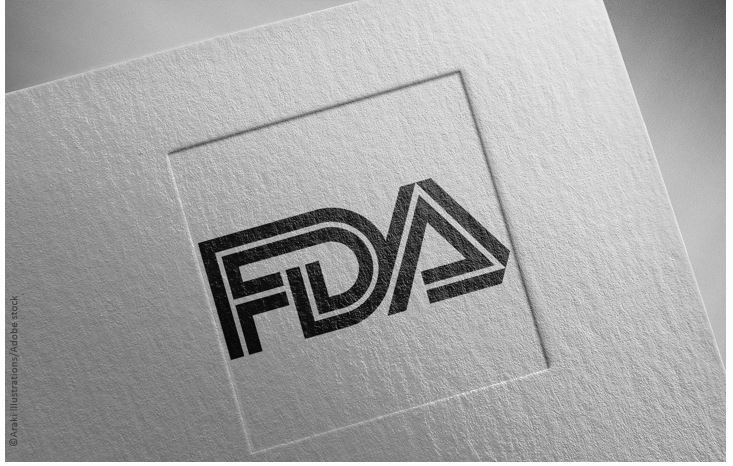FDA Authorizes Bivalent COVID-19 Vaccines as Booster Dose in Children Aged 6 Months to 5 Years
The US Food and Drug Administration announced today that it has amended the emergency use authorizations (EUAs) of the updated (bivalent) Moderna and Pfizer-BioNTech COVID-19 vaccines to include use in children as young as age 6 months.
The move makes possible expansion of vaccination with the updated formulation, engineered to protect against Omicron variants of the COVID-19 virus, to more of the country’s youngest, noted FDA Commissioner Robert M. Califf, MD, in an FDA statement. He encouraged parents and caregivers to find the soonest opportunity for vaccinating children given the upcoming holidays and the winter months when more gatherings take place inside.
According to the FDA, parents and caregivers should know the following about the vaccines:

Moderna. Children aged 6 months to 5 years who have completed a primary series of the monovalent vaccine are eligible to receive a single booster of the bivalent Moderna formulation 2 months after completion of that series.
Pfizer. Children aged 6 months through 4 years who have not yet begun a 3-dose primary Pfizer series will now receive the updated (bivalent) Pfizer vaccine as the third dose in their primary series following 2 doses of the original (monovalent) Pfizer vaccine.
Children aged 6 months through 4 years who have already completed their 3-dose primary series with the original (monovalent) Pfizer COVID vaccine will not be eligible for a booster dose of an updated bivalent vaccine at this time.
These children would still be expected to have protection against the most serious outcomes from the currently circulating Omicron variants. The data to support giving an updated bivalent booster dose for this pediatric population are expected by the FDA in January. The agency is committed to evaluating those data as quickly as possible.
The bivalent vaccines. The Moderna and Pfizer-BioNTech bivalent COVID-19 vaccines include an mRNA component corresponding to the original strain of the virus to provide an immune response that is broadly protective against COVID-19 and in addition, an mRNA component corresponding to the Omicron variant BA.4 and BA.5 lineages to provide better protection against infection COVID-19 caused by the variant.
Side effects observed with the bivalent vaccines have been similar to those reported by individuals who received the original (monovalent) mRNA COVID-19 vaccines.
The fact sheets for the Moderna and Pfizer both bivalent COVID-19 vaccines for recipients and caregivers and for healthcare providers include information about the potential side effects, as well as the risks of myocarditis and pericarditis.
Virulent respiratory virus season
During a Centers for Disease Control & Prevention telebriefing on Monday, Sandra Fryhofer, MD, chair of the American Medical Association Board of Trustees and an adjunct associate professor of medicine at Emory University School of Medicine, said this year’s influenza season was “off to a rough start.”
“Flu is here, it started early,” Fryhofer said. “With COVID and RSV also circulating, it's a perfect storm for a terrible holiday season. Over the last few years, COVID protective measures also prevented [the] spread of flu and other respiratory infections, but we're really no longer in that bubble. And that's why it's so important to get vaccinated for both flu and COVID.”
“Vaccines remain the best defense against the most devastating consequences of disease caused by the currently circulating omicron variant, such as hospitalization and death," said Peter Marks, MD, PhD, director of the FDA’s Center for Biologics Evaluation and Research, in the FDA statement. "Based on available data, the updated, bivalent vaccines are expected to provide increased protection against COVID-19.”